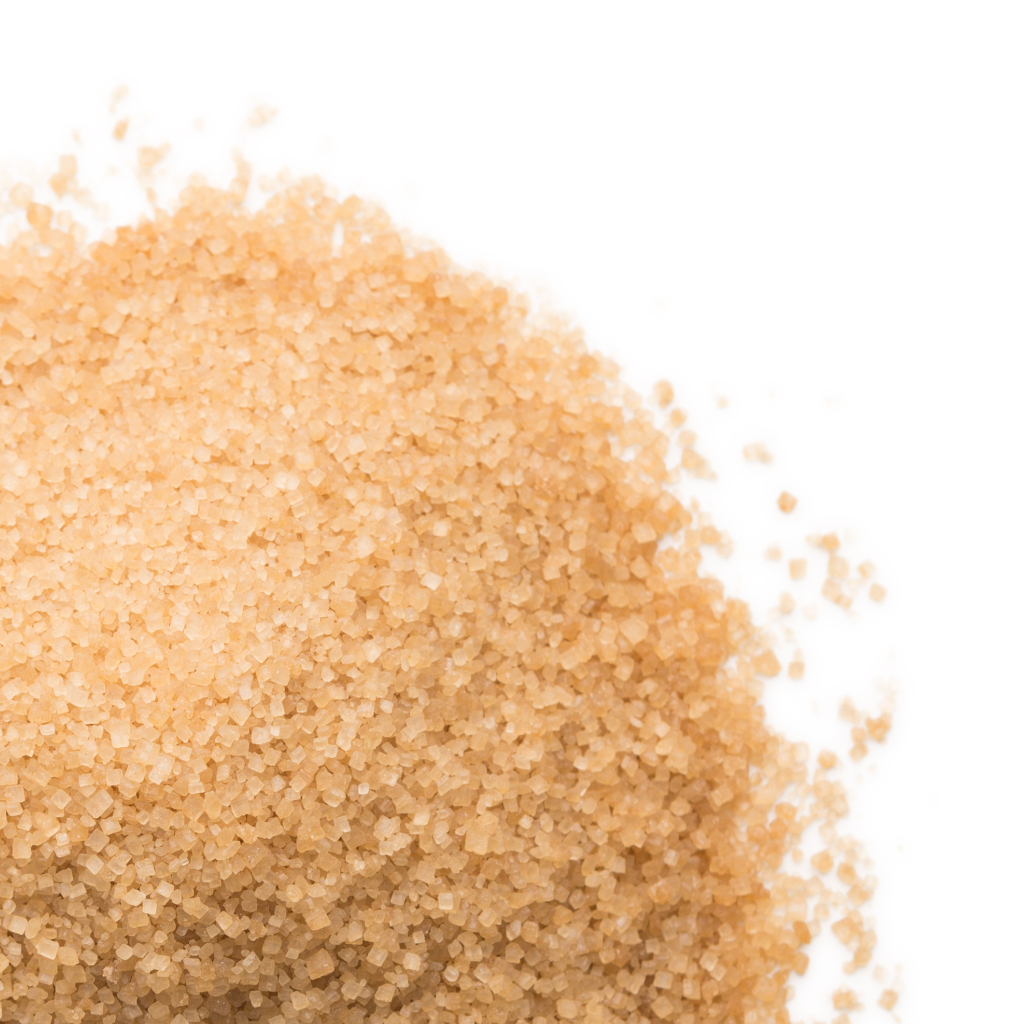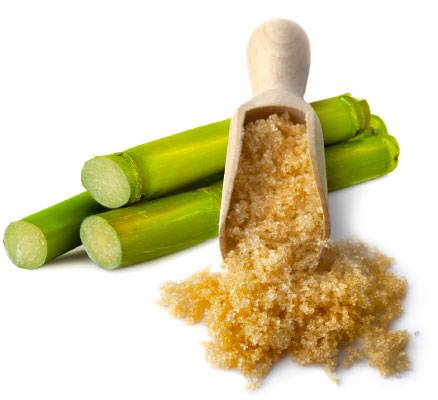The Scientific Research Behind Cane Sugar Processing: How Sweetness is Refined
The Scientific Research Behind Cane Sugar Processing: How Sweetness is Refined
Blog Article
Checking Out the Comprehensive Steps Associated With Cane Sugar Processing From Gathering to Refinement
The procedure of cane sugar manufacturing encompasses a series of detailed actions, starting with the cautious harvesting of sugarcane and culminating in the improvement stages that make certain the end product satisfies industry requirements. Each phase, from the removal of juice to the purification and formation processes, plays a vital role in determining the high quality and character of the sugar. Recognizing these stages not only highlights the intricacy of sugar production yet likewise elevates vital questions regarding efficiency, sustainability, and advancement in the industry. What effects do these factors have for future techniques?
Harvesting Sugarcane
Collecting sugarcane is a crucial step in the walking stick sugar processing chain, as it straight influences the top quality and yield of the last product. Appropriate timing and methods are crucial throughout this stage to make sure optimum sugar web content and decrease losses. Usually, sugarcane is collected when it gets to maturation, typically 12 to 18 months after planting, defined by a high sucrose concentration.

Post-harvest, the sugarcane should be processed swiftly to avoid sucrose degradation. Ideally, collected walking cane must be delivered to refining facilities within 24 hours to protect sugar quality. As a result, reliable logistical preparation is vital to preserve the stability of the harvested crop throughout the supply chain.
Extraction Refine

The smashed walking stick goes through a series of pushing procedures to make the most of juice recovery. Usually, hot water is sprayed onto the smashed walking stick, producing a countercurrent flow that aids liquify the sugar while likewise aiding in the extraction procedure. The juice gathered from this operation has not just sugar yet likewise various natural substances and pollutants.

To boost removal efficiency, some facilities may utilize diffusion methods, where the sugarcane is soaked in hot water, allowing the soluble sugars to diffuse into the liquid. The resulting juice, rich in sucrose, is then directed to subsequent handling phases, laying the structure for filtration and improvement. The my site removal procedure is therefore essential in figuring out the top quality and return of the last sugar product.
Purification Methods
The purification techniques utilized in walking stick sugar processing are necessary for changing the raw juice into a premium sugar product. These techniques mostly aim to remove impurities, such as soil, plant materials, and inorganic substances, which can adversely affect the end product's flavor and shade.
This procedure involves including lime and warm to the raw juice, which helps with the coagulation of contaminations. Furthermore, the use of phosphoric acid can improve the clarification procedure by additional binding contaminations.
One more significant method is carbonatation, where carbon dioxide is presented to the clarified juice. This response produces calcium carbonate, which captures staying impurities and advertises their elimination.
In addition, activated carbon therapy may be put on adsorb any staying colorants and natural pollutants, ensuring a much more polished product. The mix of these discover this info here approaches effectively prepares the sugar juice for subsequent steps in the refining process, establishing the stage for the manufacturing of top quality walking stick sugar.
Formation Approaches
After the purification stage, the following critical action in walking cane sugar processing involves crystallization techniques, which play a crucial role in transforming the cleared up juice right into strong sugar. This process normally uses two main techniques: spontaneous formation and controlled crystallization.
In spontaneous crystallization, supersaturated sugar solutions are allowed to cool down normally, leading to the development of sugar crystals over time. This approach enables for the uniform growth of sugar crystals and higher pureness.
Throughout formation, the made clear juice is focused with evaporation, enhancing its sugar content More Bonuses until it gets to supersaturation. As soon as this factor is accomplished, either technique can help with the crystallization process. Cane Sugar Processing. The resultant sugar crystals are after that divided from the remaining syrup through centrifugation
Ultimately, the selection of formation approach influences the high quality, size, and purity of the final sugar product, making this action vital in the total walking cane sugar processing procedure.
Refinement and Product Packaging
Just how can the purity and top quality of cane sugar be additionally enhanced after condensation? The improvement process plays a critical function in achieving high-quality walking stick sugar.
Following, the sugar is subjected to a procedure called centrifugation, where it is rotated at high speeds to separate the purified sugar crystals from the continuing to be fluid. After centrifugation, the sugar is typically more refined with an approach called carbonization or phosphatation, which utilizes activated carbon or phosphoric acid to get rid of shade and off-flavors.
Once fine-tuned, the sugar is dried out to attain the desired wetness material, ensuring that it remains steady throughout storage space and transportation. The final step includes product packaging the refined sugar in moisture-proof and closed containers to maintain its high quality and protect against contamination. Cane Sugar Processing. Proper product packaging not only expands service life yet also promotes simple handling and circulation, making sure that consumers obtain sugar that meets the greatest criteria of purity and top quality
Verdict
The extensive steps included in walking stick sugar handling, from the precise harvesting of sugarcane to the elaborate improvement and packaging stages, highlight the significance of each phase in guaranteeing top notch sugar manufacturing. Optimum harvesting strategies, reliable removal approaches, and strenuous purification procedures jointly add to the end product's pureness and security. The condensation and subsequent packaging practices further boost the honesty and service life of the sugar, highlighting the complexity and precision integral in this necessary farming market.
The process of cane sugar production encompasses a series of detailed actions, starting with the cautious harvesting of sugarcane and culminating in the refinement stages that guarantee the last item satisfies market requirements. Ideally, gathered cane ought to be moved to refining centers within 24 hours to maintain sugar top quality.In spontaneous crystallization, supersaturated sugar solutions are permitted to cool normally, leading to the development of sugar crystals over time - Cane Sugar Processing. The improvement process plays a critical role in attaining high-grade cane sugar.The thorough steps entailed in cane sugar handling, from the meticulous harvesting of sugarcane to the complex refinement and packaging phases, underscore the relevance of each phase in making sure top quality sugar production
Report this page